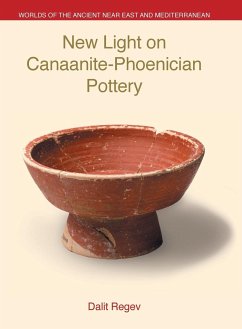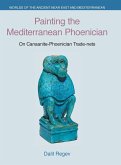This book follows a continuous line of development from Canaanite pottery to the Phoenician pottery corpus. Phoenician pottery typically is considered to have first emerged in the Iron Age, and most research is limited to the first half of the first millennium BCE. The current analysis, however, shows the Canaanite predecessors as well as the ongoing continuity of Phoenician forms and techniques during the Hellenistic and Roman periods. There are two areas of focus, both of which will be illustrated from materials drawn primarily from the Levant. The first is Phoenician container products, especially amphorae and bottles, although other coarse ware forms are included. The second is red-slip pottery, which was a constant feature of the Phoenician assemblage. These were mainly open vessels that did not contain other products and were valued for their ritual attributes.
Hinweis: Dieser Artikel kann nur an eine deutsche Lieferadresse ausgeliefert werden.
Hinweis: Dieser Artikel kann nur an eine deutsche Lieferadresse ausgeliefert werden.








